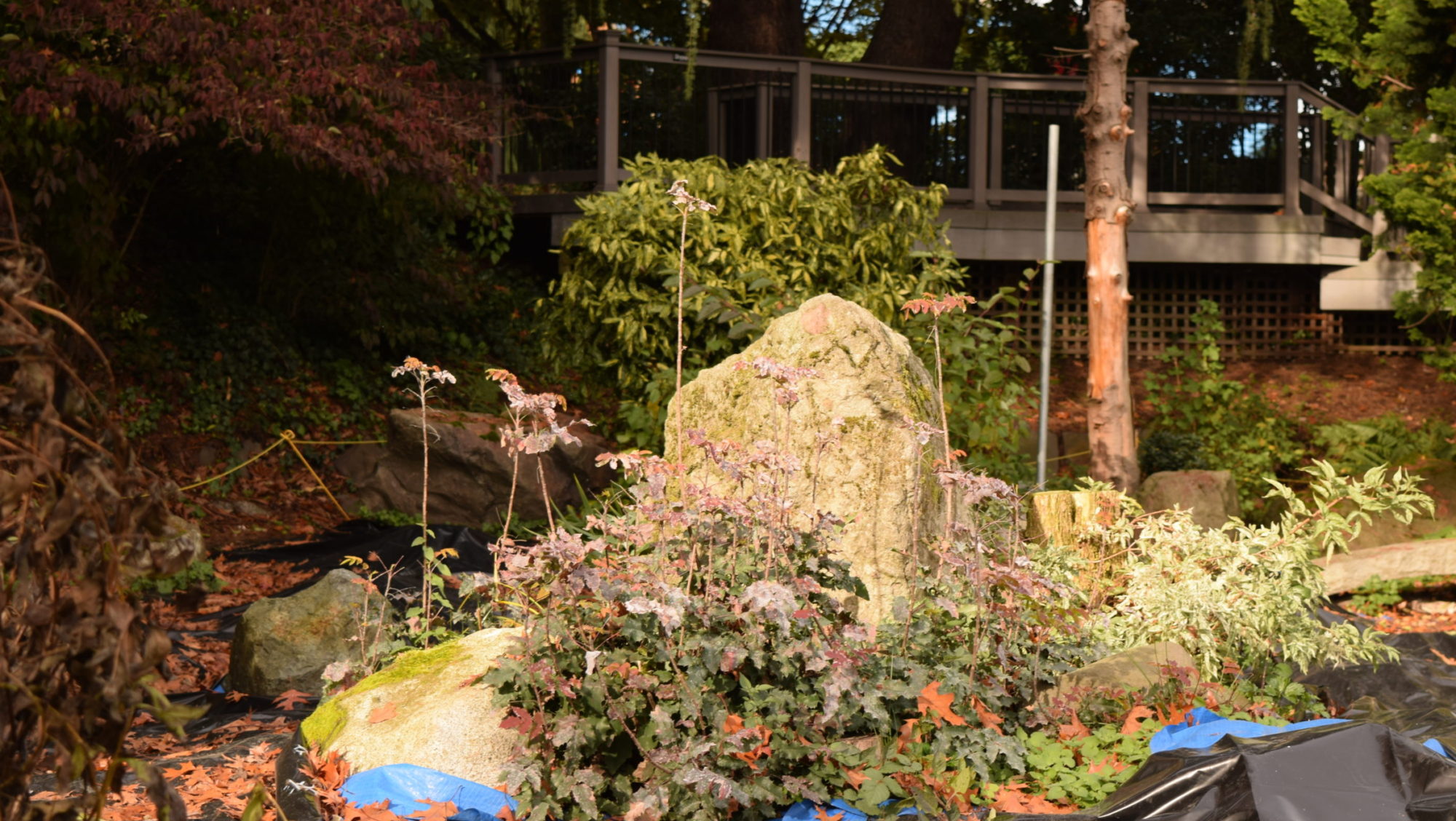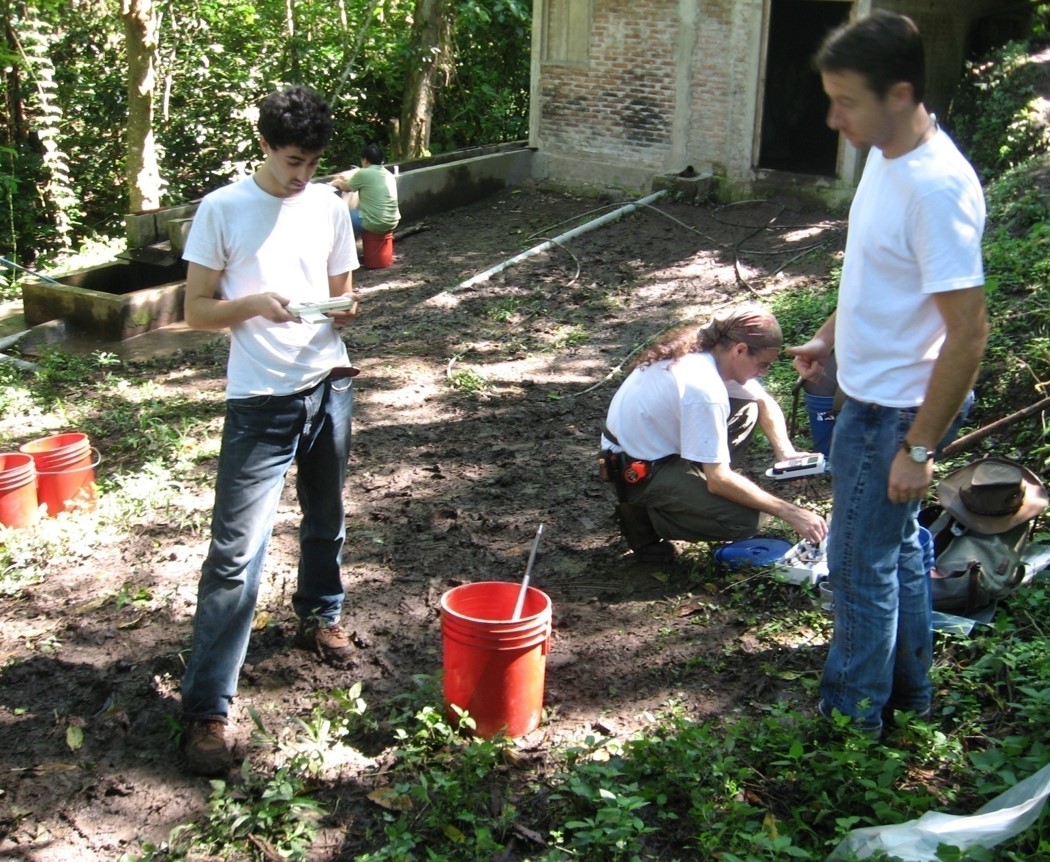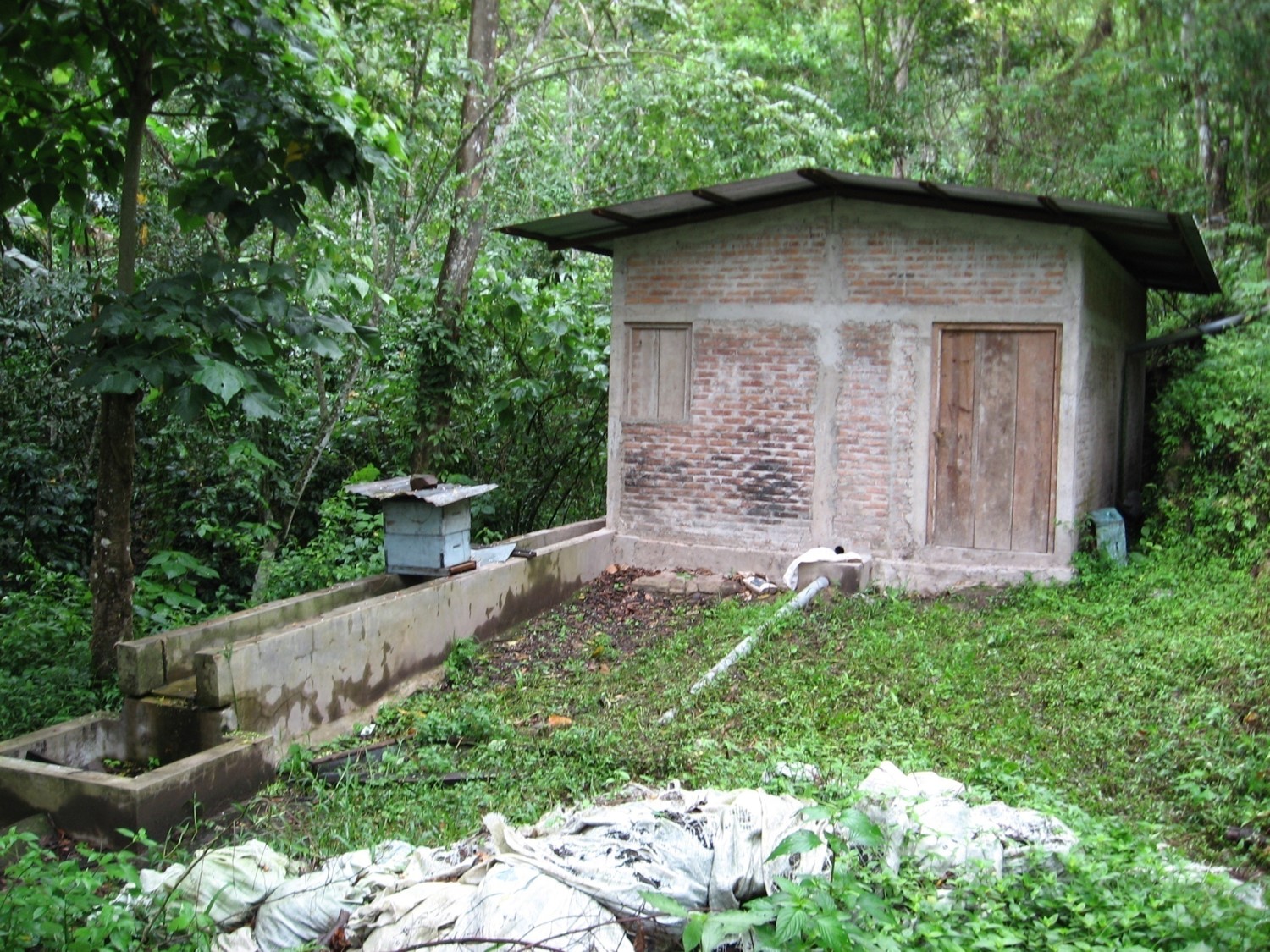Coffee Beneficios
Matagalpa, Nicaragua
In the Matagalpa region of Nicaragua streams and rivers run grey during coffee harvest season from contamination of coffee wastewater. This deterioration of water quality compromises downstream users, and creates unhealthy conditions in the town of Matagalpa . However coffee production is a central industry for Nicaragua , and small farms rely on producing high quality beans to provide for their families.
During the 2007-2008 school year, a Seattle University engineering design team (Joshua Alcantara, Patrick Cummings, Luis Quinteros and Mike Wynne) and their faculty advisor Dr. Mike Marsolek worked with Dr. Sue Jackels from the Department of Chemistry and company sponsor Tetra Tech, to design wastewater treatment options for a coffee production facility (an ecological beneficio) for five family farms. The project brought together diverse groups including Catholic Relief Services, the coffee co-op CECOSEMAC, Tetra Tech, and Seattle University , strengthening bonds that can lead to future work opportunities.
The design team traveled to Nicaragua in December of 2007 to gather data on a model beneficio. With the results the team designed three wastewater treatment alternatives; infiltration pits, anaerobic degradation with overland flow, and a upflow anaerobic sludge blanket (UASB) biogas generator with overland flow. The designs included scale drawings with projected treatment and cost analysis. The designs were sent to Nicaragua where the coffee co-op and local engineers will select their preferred choice, to be built by December 2008.
Tetra Tech provided funding for construction of the new beneficio as well as the wastewater treatment. These facilities will improve the farmer’s lives by allowing them to produce a higher quality bean for which they can receive a higher price, while simultaneously introducing to them new wastewater treatment strategies that will help preserve their ecosystem for future use and protect downstream users such as the town of Matagalpa .




